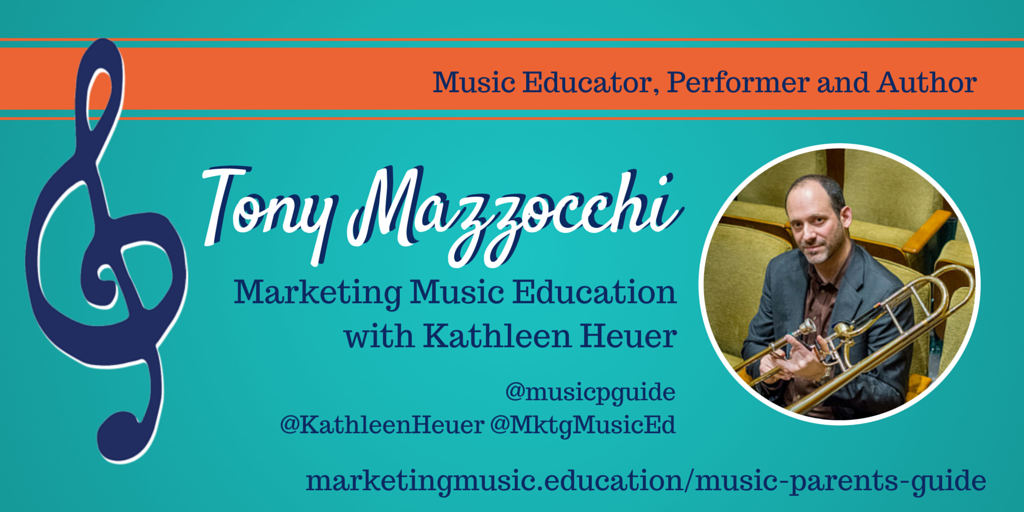After decades of work by educators, arts organizations, advocates, policymakers, and families, universal access to arts instruction in public schools finally started to become a reality in 2020. With a recent (and highly appropriate) push for social emotional learning (SEL) to be weaved into the fabric of educating our young citizens, along with the fundamental belief in the importance of the arts as part of a well-rounded education for all, it felt as if arts instruction began to solidly find its place in our school curricula. The right to arts instruction for all even became embedded in legislation in some states, so it seemed that a well-balanced, whole child approach to education was finally on the horizon in our country.
Then COVID hit.
It’s hard to believe that almost a year has passed since most schools in America retreated to the digital realm. While a handful of districts have adopted hybrid modalities, some have gone back-and-forth with in-person instruction, and many others decided to remain completely virtual the entire time. Regardless of the approach, it’s clear that one short-term patchwork educational solution after another has added up to what will probably be a year-and-a-half (or more) of unintended and possibly disastrous systemic change in many ways. Meanwhile, arts instruction looks to be bearing the full brunt of the assault.
All across our nation, school leaders have — unintentionally or otherwise — marginalized arts instruction or, in some awful cases, discontinued it completely during COVID. Clearly, this past year will have ramifications for many students: “learning loss”, mental health issues, an amplified digital divide, and an expansion of the achievement gap amongst racial and socio-economic lines, to name just a few. But the systemic changes that we are seeing in access to an education robust in the arts and creative subjects should scare us all on behalf of our children and our society as a whole.
While we all deal with a plethora of issues surrounding education during COVID, here are 3 things communities should pay close attention to in order to maintain a rich arts program in schools — both in the present and once we return to “normal”:
A pandemic does not give administrators license to re-define a “thorough and efficient education”. It’s true, unfortunately, that many musicians have high aerosol rates and can potentially transmit COVID easier, and that arts classes pose challenges with class sizes. We also know that online learning doesn’t come close to in-person with hands-on creative instruction. But this doesn’t mean arts subjects can’t or shouldn’t occur at all. It is imperative that all students have access to an equitable delivery of arts education that includes all art forms and that supports their educational, social, and emotional well-being — especially during a pandemic. The unique challenges with delivery of arts instruction during COVID requires creative thinking, budgeting, scheduling, and support. This is not the time for school leaders and boards of education to decide what is “essential” for our children and what is not — the states have already concluded that all of these subjects are essential for good reasons.
Districts can’t claim to support social emotional learning while marginalizing arts instruction at the same time. The irony is thick here — the arts have played a crucial role in these tumultuous times for all students, but especially for the traditionally underrepresented, those with special needs, and students from low-income families. Yet districts have abandoned or made these programs optional in order to decrease screen time (in the spirit of social-emotional health) or simply due to a lack of desire to think outside the box on behalf of our children. Arts education supports the social and emotional well-being of students in ways that no other subject can — the togetherness that the arts cultivates is exactly what our children need right now, whether through distance learning or moments of in-person instruction. Our school leaders must be reminded of this — the arts are a large part of the answer to our educational problems.
The long-term effects of a lack of arts instruction could be disastrous for a generation of students. Think about the millions of students who were supposed to begin musical instrument instruction in the earliest grades this year. Now think about our school programs which are built on a progressive sequence of instruction; choir, band, orchestra, visual art, dance, and other courses. What are the ramifications of this loss of instruction for the next many years if administrators don’t value a creative approach to fixing this issue immediately? What will happen to the support and the budget for programs that see an enormous dip in enrollment? How many children will be forever changed by not having that creative spark lit? These are questions worth asking, because schools killing creativity during COVID should be unacceptable to us all.
Clarence B. Jones, former advisor and speech writer to Martin Luther King Jr. recently gave an interview where he noted that his musical training as a young child allowed him to weave speeches for Dr. King with a unique rhythm and cadence. Without his musical education, he said, it would not have been possible for him to create such flowing prose.
This is what is at stake during this moment in our history.
Not only are schools deeply affecting access to opportunity for all children to experience the arts in their unfettered form and allow them to potentially follow a creative career, we are actually sending an awful message to our society about our values and, in the process, denying pathways to dreams and accomplishments — that are an outgrowth of a balanced education steeped in the arts — for a generation of our youngest citizens. Arts education is not the problem right now during COVID — it is a huge part of the solution. Our students need social emotional learning and arts education now more than ever, and our families should demand as much from our school leaders.









Recent Comments